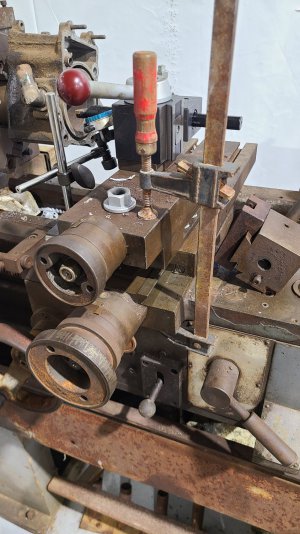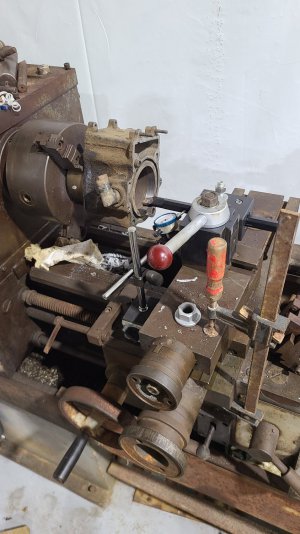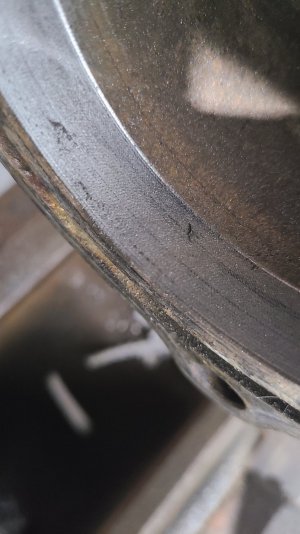At the front face of the jaws on a ground rod, you'd be lucky to get .002 or .003 on most new chucks. 6" away from the jaws, .010 is common.
Very high quality chucks achieve only .002 across the entire scroll (we are talking north of 2K$ here), despite the claims in the literature. Chucks are becoming like vacuum cleaners, they plug into a normal socket, but have 3 and 4 'air horsepower' (of course not a real thing)
Your lathe certainly seems great for a restoration.n
My mistake about the pins versus cams thing, I just helped a guy where he had them backward, and somehow it rubbed off!
Getting the right sized key is a great first step.
Using rust reducing cleaners can help as well. Some penetrating oils have an acid or chelating agent in them to change the O3 oxides to theO1 oxides, which have a much smaller grain size, and that helps a lot. Use elevated heat to help the penetrant to seep in (viscosity is affected by heat) - even bring the chuck fro 70 degrees F to 100 degrees F makes a big difference. Sometimes the change in temperature is helpful in breaking the bond on its own.



